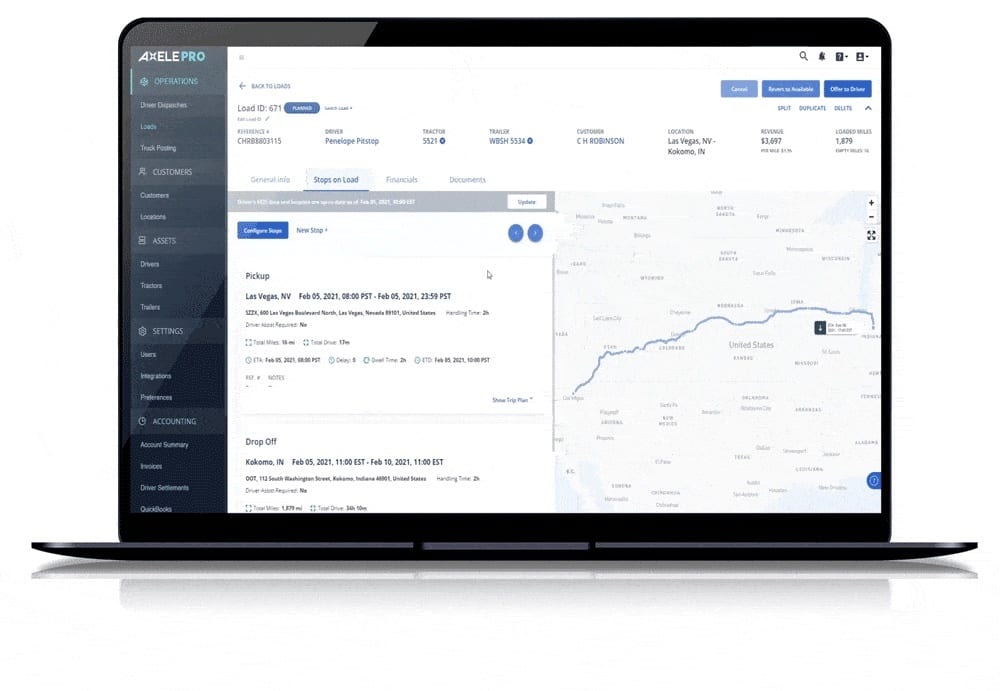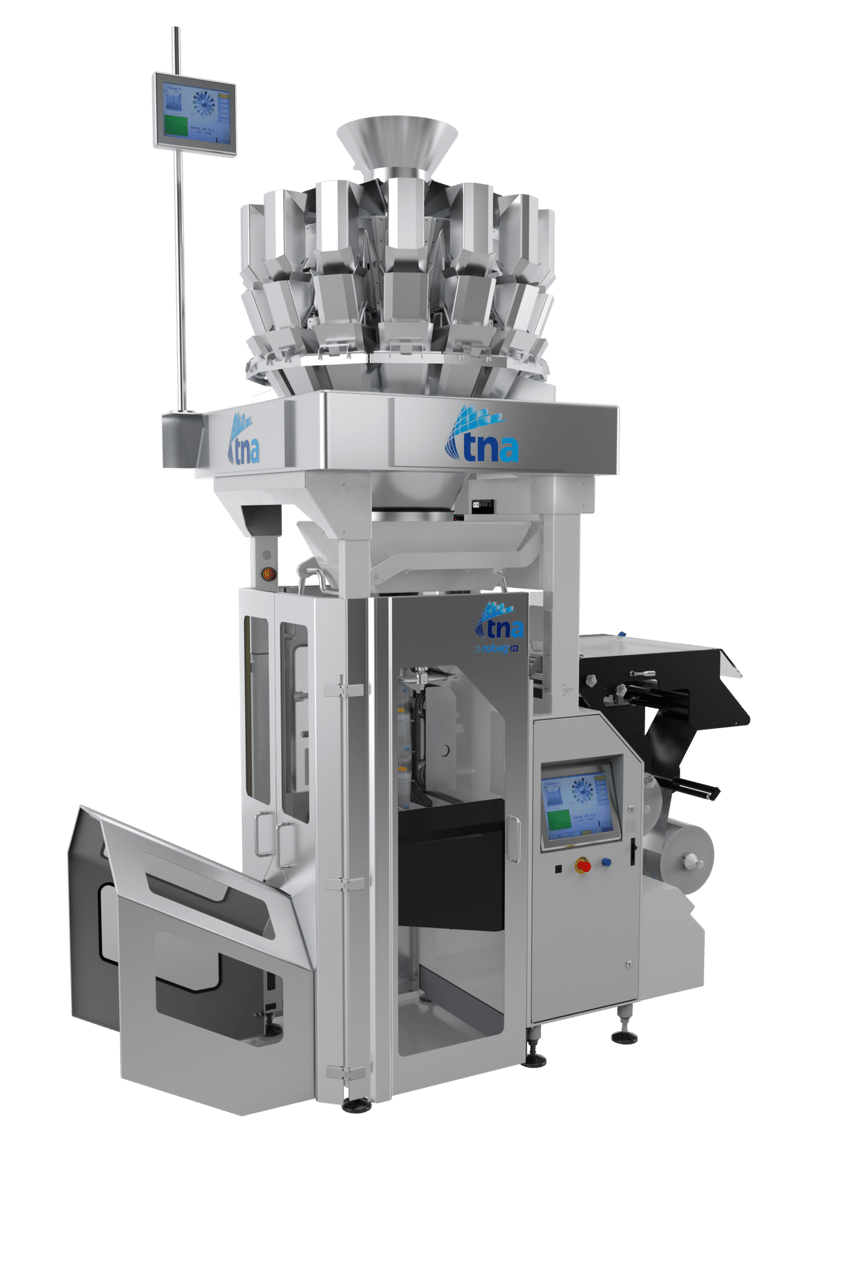These opportunities provide much better product visibility and traceability and will change how so many current functions are done today, notes Spannuth. “Many of these will ease some of the strain we see with manpower today, but also create new opportunities for good-paying jobs. Addressing the affordability for introduction of this tech to smaller or niche manufacturers will be how a balance is kept from the biggest players running away with all of the growth.”
Spannuth says that Unique Snacks’ big project over the last year has been an implementation of an ERP system. “This will allow all of our processes from inventory to traceability and all of the financials to be tied together to have much more connectivity and transparency across the company.” He notes Unique Snacks went with a cloud-based solution to reduce the previous need for remote VPN due to security issues.
In terms of remote tasks, monitoring, and troubleshooting, Spannuth says Unique Snacks was fortunate that it did not have to adjust too much for remote work during the pandemic. He notes manufacturing staff needed to be on-site. “A few adjustments were made, and they will remain permanent solutions for work-from-home opportunities in the job roles that made sense,” he says.
Teri Johnson, vice president, North America, tna solutions, Dallas, says that its long-standing interest in end-to-end equipment integration meant that when smart connectivity came along, the company was already poised to take the leap into Industry 4.0. “Over the past decade, we have implemented more and more advanced self-learning software, artificial intelligence (AI), and wireless connectivity protocols into our food processing and packaging equipment. These digital functionalities mean we can offer seamless integration between various line components—and with it a whole host of efficiency-boosting benefits.” For example, with complete line integration, errors at the conveying stage can be automatically communicated to the seasoning, frying, or weighing equipment, preventing costly product waste and servicing delays, she notes.
“Our experience of the pandemic has been a tale of two halves,” says Johnson. “On the one hand, very little has changed in terms of our ability to serve customers worldwide. At various stages throughout the crisis, we were designated as a ‘Critical Infrastructure Supplier’—this meant our primary production facility in Melbourne, Australia remained open during lockdowns and stay-at-home orders. As such, we were able to provide uninterrupted global deliveries of vital equipment, while always maintaining a COVID-safe workplace for our hardworking team.”





